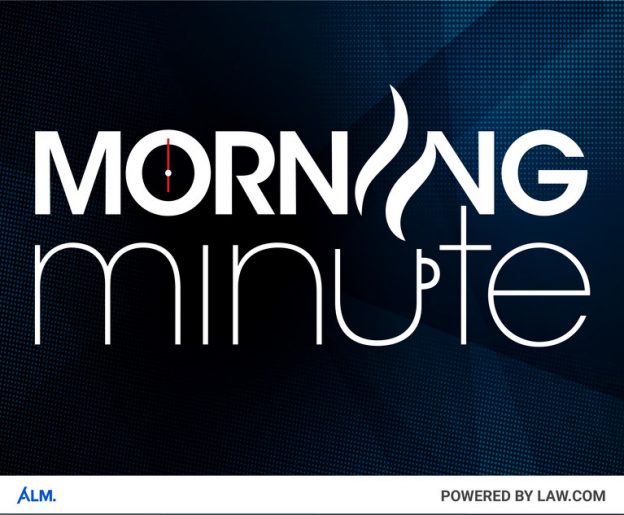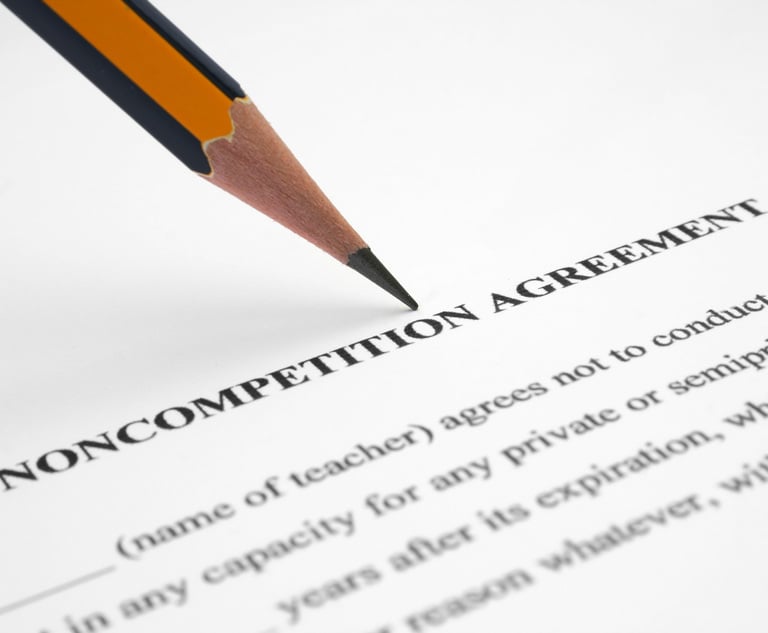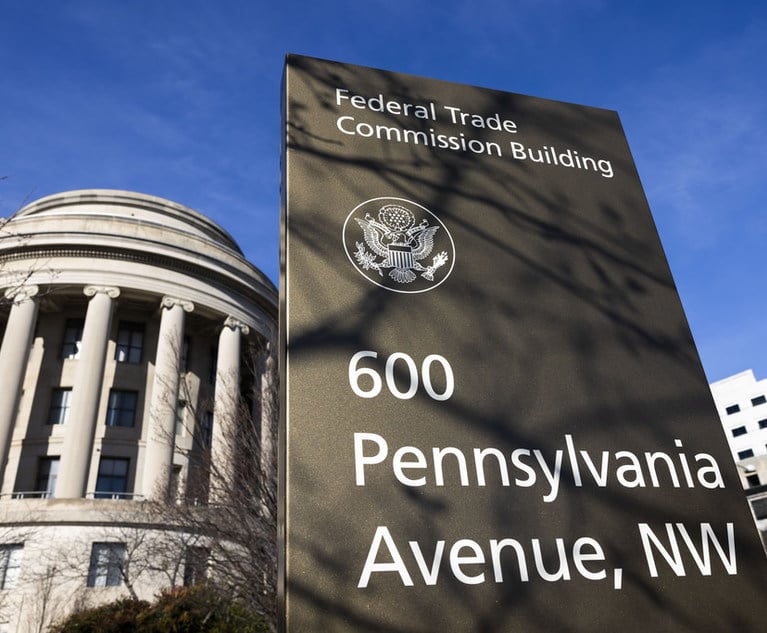FIVE YEARS OF #METOO - A half-decade into the #MeToo movement, the far-reaching effects in society continue to reverberate. But what about in law firms? Since the movement began, a younger generation of legal talent has pushed the legal industry to continue to improve protocols and ensure equality. But, as Law.com’s Patrick Smith, Jessie Yount and Jacob Polacheck report, the work is far from over. Some attorneys still point to the difficulty of bringing allegations against rainmaking partners or other top leaders within firms, while remote-working conditions that arose during the pandemic may have created other conditions for harassment. Teresa Rider Bult, Nashville-based administrative partner and general counsel at Constangy, Brooks, Smith & Prophete, said there is still a stigma for attorneys to bring claims against individuals in law firms, especially those in high-level positions. Bult has helped handle internal issues arising at her firm, while also advising law firm clients on these matters. “It’s very, very difficult with that power dynamic for that individual to feel comfortable coming to the firm management to say something about them because they know how much this person [brings to the firm], their book of business or their position in the firm and that sort of thing,” she said. “You have that at corporations too, but I think at law firms there can be very differing positions that exist and you want to make sure that you’re breaking down the barriers for all of those people to understand,” she added.
PRINTING MONEY - Apparently, elite law firms have elite printers. How else might one explain why, as Law.com’s Dan Roe reports, Kirkland & Ellis—the world’s highest-grossing firm—charges its clients 20% more for in-house duplication services than they’d pay at Office Depot. Kirkland also charges more than its legal industry competitors—16 cents per page. Black-and-white copies cost between 10 cents and 15 cents per page at other top Am Law firms and 12 cents at Office Depot, according to a review of bankruptcy court fee applications. The industry average for all firm sizes is 14 cents per page, according to a 2021 survey by legal operations consultancy Mattern Associates, which polled 37 firms, including at least 25 firms with 250 lawyers or less. Why does this matter? Because it all adds up—and it doesn’t necessarily have to be this way. Large firms can generally lower their printing costs compared with smaller peers, said legal ops consultant Rob Mattern, so higher fees aren’t a reflection of actual costs as much as how firms measure costs and how much they think clients will pay. Firms also use high per-page rates to offset clients who pay less (or nothing) for printing. “Big-enough clients may say they’re not going to pay for printing at all, or any miscellaneous disbursements that aren’t hard costs,” Mattern said. “They make the clients who do pay pay for the clients who don’t pay—some firms factor that into their rate.”










